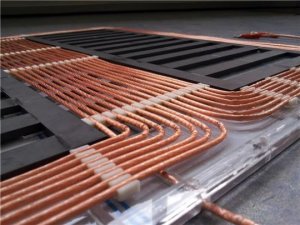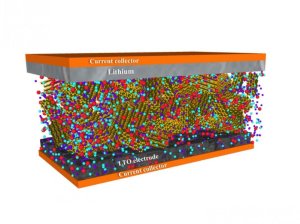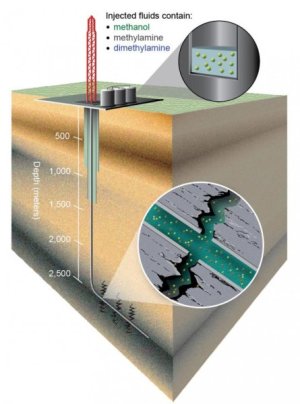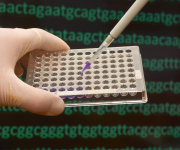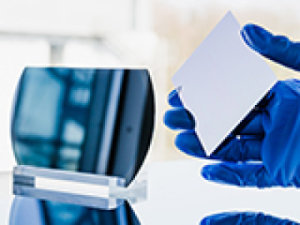Wireless charging and discharging for electric vehicles
In the future, a wireless charging system will allow electric cars not only to charge their batteries, but also to feed energy back into the power grid, helping to stabilize it. The cost-effective charging system achieves high levels of efficiency across the whole power range, from 400 watts to 3.6 kilowatts, while the car and the charging coil can be up to 20 centimeters apart.

